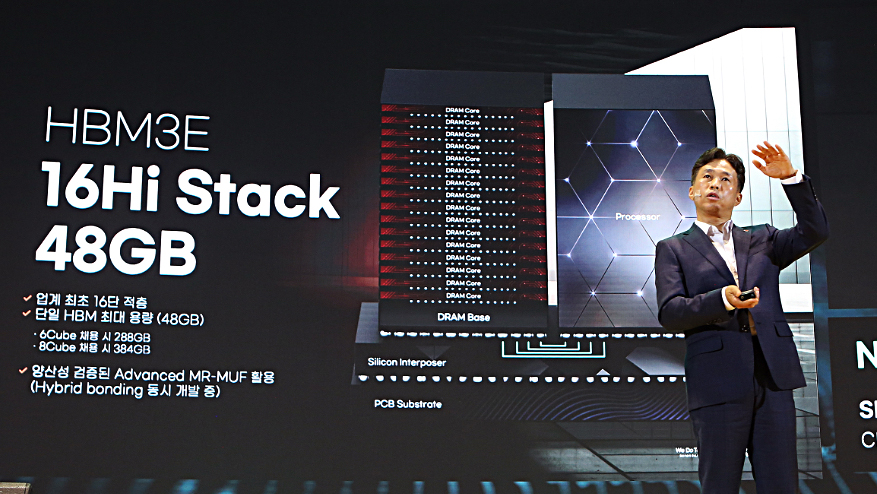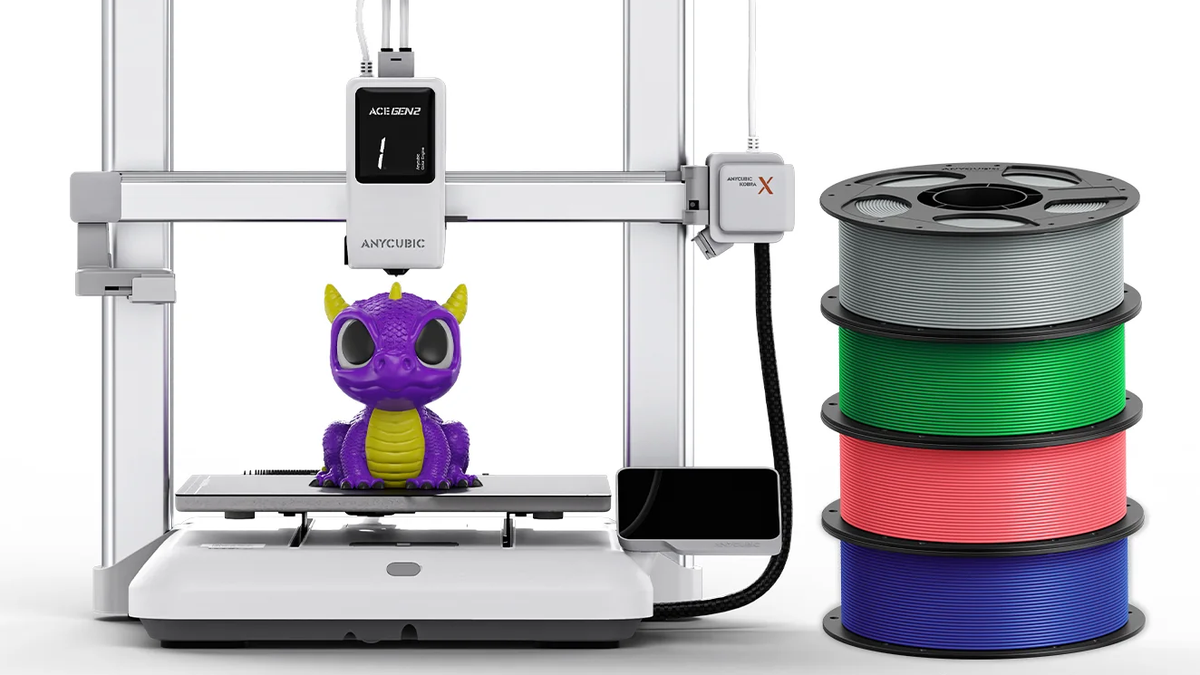In a historic shake-up of the global memory market, SK hynix has overtaken Samsung Electronics to become the world’s top memory maker by revenue, marking a pivotal shift in an industry long dominated by its larger Korean rival. The moment comes not just as a financial milestone, but as a broader signal of how the memory business is being reshaped by the explosive demand for AI.
The news first emerged through multiple South Korean financial publications, with industry tracking firm Counterpoint and Omidia confirming SK hynix’s rise to the number one spot in Q2 2025. The company pulled in $9.66 billion in memory revenue, edging out Samsung’s $8.94 billion and securing a 36.2% market share compared to Samsung’s 33.5%. This marks the first time SK hynix has surpassed Samsung since its founding in 1983.
At the heart of this leap lies SK hynix’s early and aggressive move into high-bandwidth memory (HBM), the ultra-fast DRAM used in AI accelerators like Nvidia's B300. While Samsung was once seen as the leader in memory innovation, it now seems that SK Hynix has become Nvidia’s primary HBM supplier. The firm’s HBM3 and next-gen HBM3E modules are integral to the compute power behind large language models and generative AI workloads. Not only that, but Nvidia started with Samsung's GDDR7 in their mainstream RTX 50-series GPUs, only to bring in SK hynix's chips later.
SK hynix’s success is also visible in its operating profits. The company posted 2.6 trillion KRW (~$1.88 billion) in Q2 operating profit—its highest in two and a half years—despite lingering weakness in traditional DRAM and NAND markets. Analysts say this divergence highlights a fundamental realignment in the memory industry: AI-centric demand now drives profitability more than PC or smartphone shipments ever did.

Samsung, by contrast, has struggled to match SK hynix’s pace. Reports suggest delays in qualifying Samsung's own HBM3 and HBM3E with key customers like Nvidia, leading to lost ground in what has become the most lucrative segment of the memory space, so much so that price cuts are now in order. Samsung remains dominant in NAND flash and legacy DRAM, but those markets are not experiencing the same upside.
Further reflecting this change, SK hynix has become the most sought-after employer among Korean university students for the first time, overtaking Samsung. A recent survey by Incruit shows that compensation, engineering focus, and future growth outlook have driven students—particularly in electronics and tech majors—to favor SK Hynix.
Looking ahead, SK hynix is now eyeing an even stronger grip on the AI memory stack. The company has confirmed it is developing HBM4 and is investing heavily into vertical integration and packaging technologies to keep Nvidia and other AI customers close. Its trajectory mirrors broader shifts in the tech sector, where memory is no longer just a commodity, rather a key enabled of AI-powered next-gen computing.
For Samsung, though, the story is far from over. The company has pledged to bounce back with aggressive investment in HBM capacity, and rumors suggest it's chasing new clients beyond Nvidia, such as AMD and custom AI chip start-ups. But for now, the balance of power has shifted and SK hynix is no longer playing catch-up; it’s setting the pace.
Follow Tom's Hardware on Google News to get our up-to-date news, analysis, and reviews in your feeds. Make sure to click the Follow button.

 4 months ago
29
4 months ago
29










 English (US) ·
English (US) ·